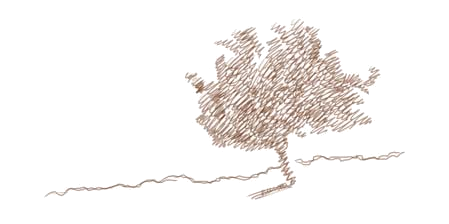I'm having second thoughts about using Polyisocyanurate (PIR) boards for our external wall insulation (EWI). PIR is the best commonly available insulator, so it will enable us to get the most insulation into the limited thickness that we have available. Unfortunately, I've just learned that PIR has some problems that may cause it to deteriorate with age. Firstly, it is liable to shrinkage, which means that gaps might open up between the boards. Not only would that compromise thre insulation, but it might show through the render, and spoil the external appearance of our house. Worse, PIR can deteriorate if it gets damp, which is something that is hard to rule out. Finally, the gasses trapped in the foam could leak out over time, further degrading the material's performance. Is that bound to happen? No. But it's certainly got me considering alternatives...
Here's a useful table of common insulators from the Energy Saving Trust.
The most common alternative to PIR is Extruded Polystyrene (EPS). It's about 30% less efficient, which means our EWI would need to be 150mm thick, rather than the 100mm of PIR that we were planning. It's generally very stable, so there should be no shrinkage or damp problems, and it's a bit cheaper too. Also it's much more environmentally friendly to manufacture EPS, which is a bonus. However, this post on aecb.net contains a report of someone who's EPS did suffer from shrinkage, so I'm still not 100% confident that's safe.
The same aecb.net post reports that expanded polystyrene (XPS) boards were totally stable over the same period. XPS is the "normal" white poystyrene that everyone is familiar with as a packaging material. It's an even worse insulator than EPS, but it it saves me from having to tear down & replace the who EWI in 10-20 years time, perhaps it's worth it?
Finally, there are ways to reduce some of the risks with PIR. For example, if you use two layers of boards, with the joints staggered, then any shrinkage does not compromise the insulating layer. Also, most of the shrinkage happens shortly after manufacture, so the boards can be "aged" before use, so that most of the shrinkage has already happened before it's fixed to the wall. Of course, those strategies would both make the project more expensive and more labour intensive.
Right now, I'm leaning towards EPS. But I need to do more reading around.
 firetree.net
firetree.net